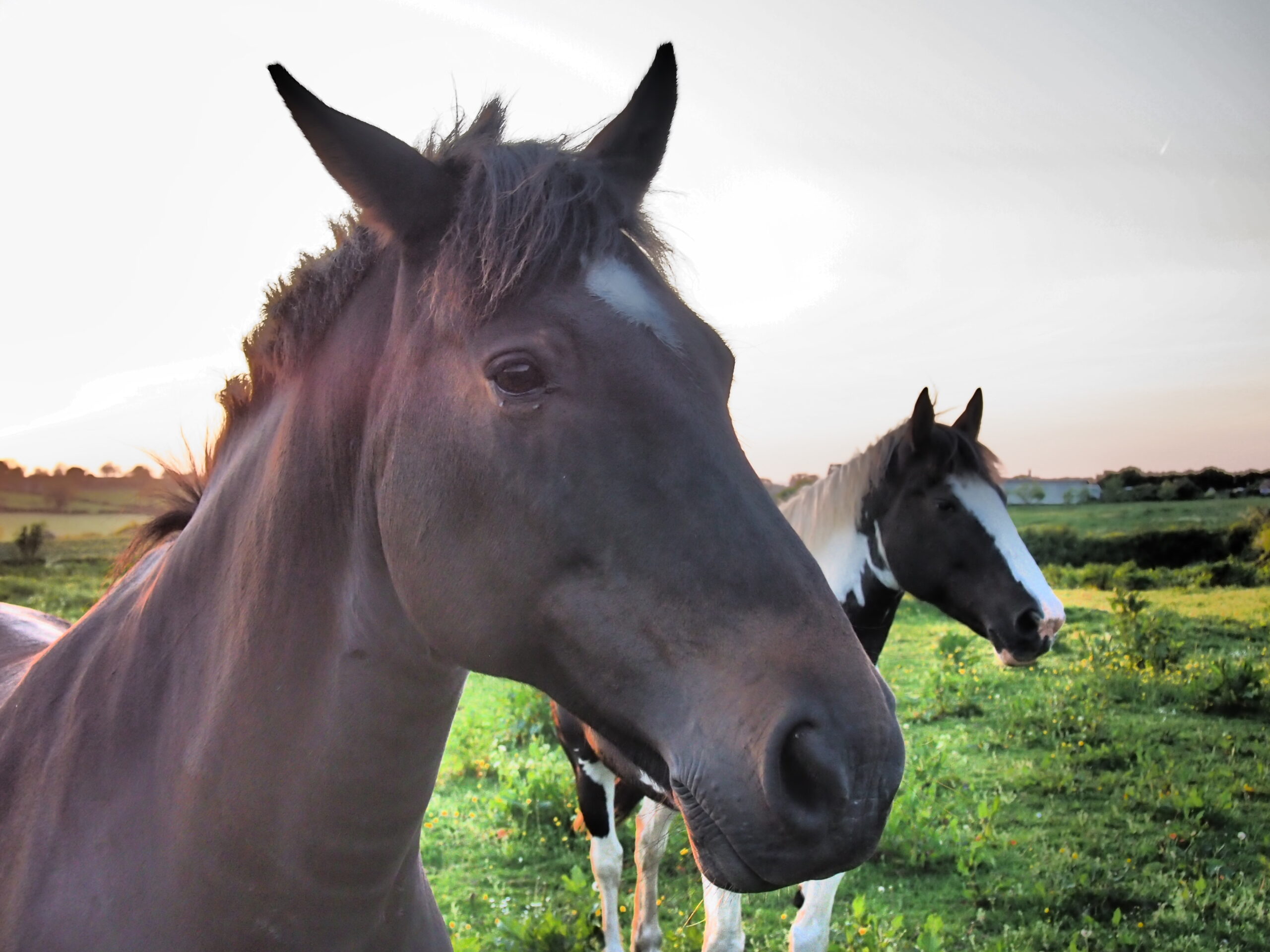- September 24, 2020
- Horse Riding
- Comments : 0
The Horses’ Ears and Their Communication
Horses communicate primarily through their body language, and their ears are a great indicator of their mood. Thanks to the 16 muscles they have in them, they can move them in various directions and express themselves. In today’s post we will tell you the 6 basic positions so you can understand their language:
Ears upright and moving: This is arguably the normal state of a healthy horse. Attentive but calm. He will move his ears very often and if he hears something that puzzles him, he will turn his entire head in the direction from which the sound is coming. It is a natural state of alarm.
Languid or drooping ears: the ears point towards the ground. This position can indicate three things, the horse is tired or sad and does not have much interest in what surrounds him; It can also mean submission to a more dominant rival than him, and finally it can indicate that the horse is sick or that something hurts.
Ears straightened and turned forward: in this position the horse keeps its head high, the ears point straight forward and the whole body of the horse is turned towards the same place. It may indicate that the horse has found something that startles him, something unknown.
Ears turned back: look towards the rider. This position denotes submission and / or fear. It is usually seen in young horses in their early stages of riding. If the horse is older, but adopts this attitude, it means that he is afraid of his rider, it may indicate that whoever rides him is usually rough with him.
Ears attached to the nape: this position has two functions; indicate aggressiveness towards another horse, person or any animal, or protection of these in a fight.
One ear forward and one back: usually occurs while the rider is on top and means that the horse did not understood what the rider have asked him.
The ears of a horse have a double function: to listen and to express the mood. Knowing what horses say with their ears is essential for all people who are related in some way to these animals.

